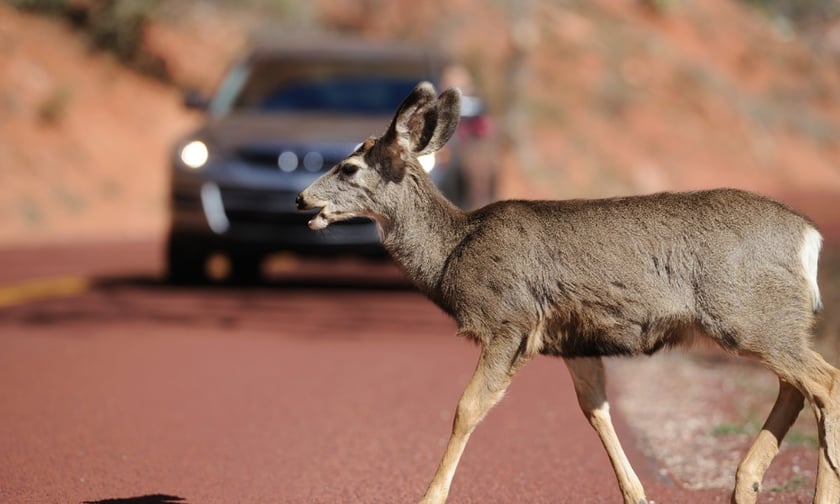

RACQ has issued a warning to drivers in Queensland to increase their vigilance on the roads due to a significant 25% rise in motor insurance claims linked to animal collisions over the past year.
This surge in incidents predominantly occurred between May and October, marking these months as particularly perilous.
Data from RACQ indicated that the increased frequency of animal-related collisions is most pronounced during the cooler months, with the highest number of claims recorded in May and July.
Rural regions were most affected, with Darling Downs Maranoa, Outback Queensland, and Central Queensland being the top areas for such accidents.
RACQ group executive insurance Trent Sayers expressed concerns about the widespread increase in animal collisions.
“RACQ Insurance received 4,255 motor claims from animal collisions over the past year, and while regional areas saw the highest volumes, all regions experienced some sort of increase,” he said. “Interestingly, some city regions saw the largest increase in animal collision claims, with Brisbane’s north and Ipswich both rising by 40%.”
According to RACQ’s findings, about 38% of animal collision claims occur during early morning or late evening hours. Kangaroos are frequently involved in these incidents, posing a major risk to drivers across both densely and sparsely populated areas.
Sayers urged drivers to adopt cautious driving habits, particularly near wildlife-prone areas.
“Hitting an animal while driving can be emotionally distressing to the driver, cause damage to the vehicle, and sadly, may result in loss of life of a native animal,” he said. “There are some key factors to keep in mind to reduce your risk of colliding with an animal and to keep you and your passengers safe. Ideally, you should avoid driving at dawn and dusk when wild animals are most active and sun glare or darkness can reduce visibility.
“If driving at these times is unavoidable, use high beams where appropriate, drive to the conditions, don’t speed, and stay alert for any wildlife in your peripheral vision that might move onto the road. You shouldn’t swerve to avoid hitting an animal as it can put you at greater risk of causing a collision with another vehicle or roadside obstacle.”
Sayers offered advice on steps to take following an animal collision.
“If you have hit an animal and it’s safe to do so, pull over to inspect your vehicle and check on the animal,” he said. “Call for help if your car is damaged. If the animal is alive and injured, you can call your local wildlife rescue service. Once you safely conclude your journey, contact your insurer to report the incident and lodge a claim.”
In February, RACQ unveiled a concerning increase in the presence of aggressive drivers in Queensland.
